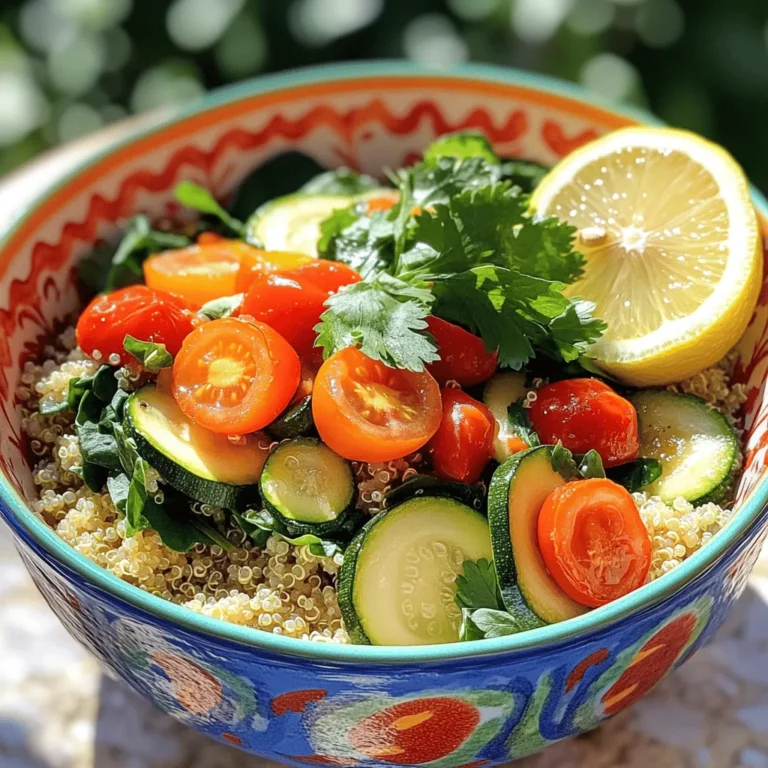Garlic Butter Steak and Potatoes Skillet Delight
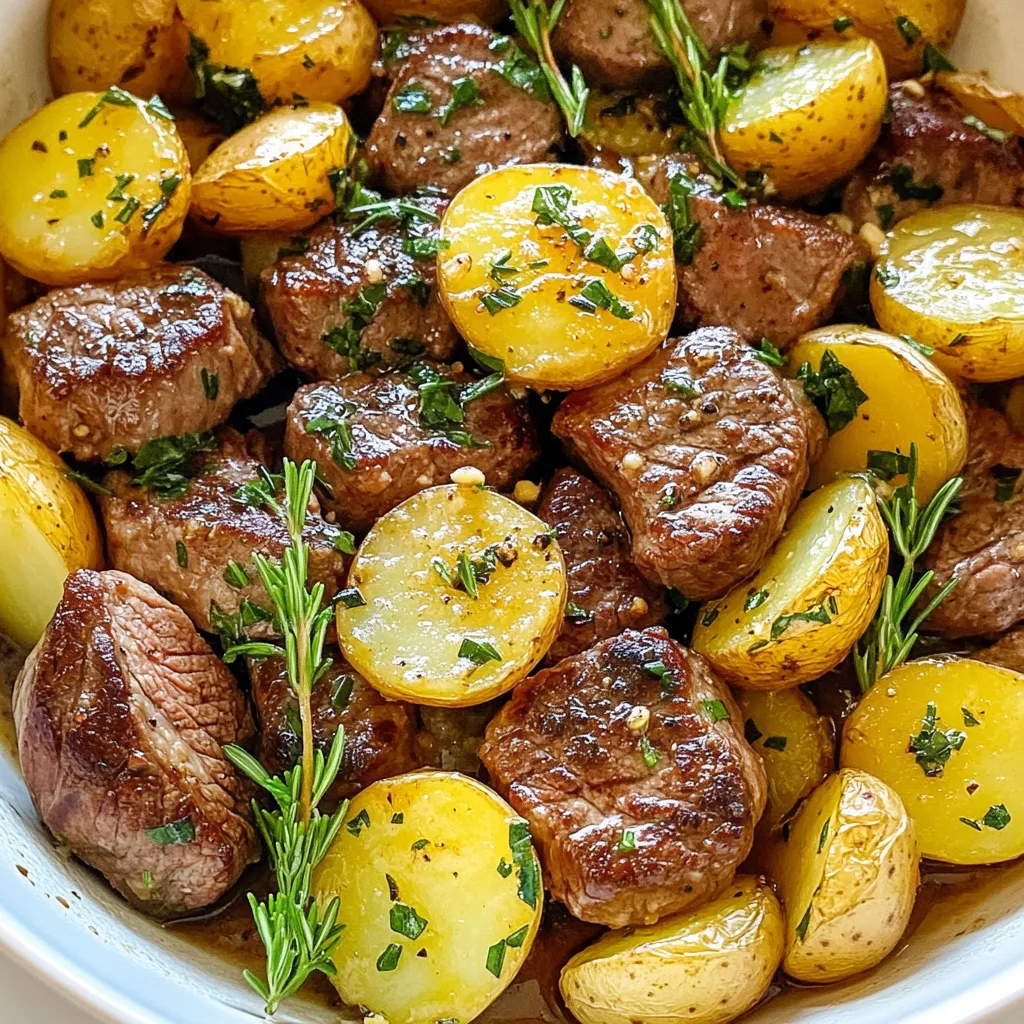
Are you ready to elevate your dinner game? My Garlic Butter Steak and Potatoes Skillet is a rich and satisfying dish that brings the flavors of a steakhouse right to your kitchen. With tender sirloin, crispy baby potatoes, and a heavenly garlic butter sauce, it’s a meal everyone will love. Read on to learn how to whip up this delightful dish in no time—your taste buds will thank you!
Why I Love This Recipe
- Quick and Easy: This recipe comes together in just 40 minutes, making it perfect for a weeknight dinner.
- One-Pan Wonder: With everything cooked in a single skillet, clean-up is a breeze, allowing you to enjoy your meal without the hassle.
- Flavor Packed: The combination of garlic, butter, and fresh herbs elevates the dish, creating a rich and savory experience.
- Versatile Ingredients: Using sirloin steak and baby potatoes, this dish is both hearty and adaptable to different ingredients you may have on hand.
Ingredients
Main Ingredients
– 1 pound sirloin steak, cut into bite-sized cubes
– 1 pound baby potatoes, halved
– 4 tablespoons unsalted butter
– 5 cloves garlic, minced
Herbs and Spices
– 1 teaspoon fresh rosemary, finely chopped
– 1 teaspoon fresh thyme, finely chopped
– Salt and pepper, to taste
Cooking Essentials
– 2 tablespoons olive oil
– Fresh parsley, chopped for garnish
When I prepare garlic butter steak and potatoes, I focus on using fresh ingredients. The sirloin steak is tender and flavorful. I cut it into bite-sized cubes for easy cooking and eating. Baby potatoes are my favorite choice because they cook quickly and have a nice texture.
For the garlic butter, I use unsalted butter. It blends well with the steak and potatoes, giving a rich flavor. Minced garlic adds a wonderful aroma and taste. I always use fresh herbs like rosemary and thyme. They enhance the dish and create a lovely balance with the garlic.
I season everything with salt and pepper. This simple step makes a big difference. Olive oil is a must for cooking the potatoes. It helps them brown nicely and adds flavor. Finally, I sprinkle fresh parsley on top for a pop of color and freshness.
These ingredients come together to create a delicious meal. Each item plays a role in the overall flavor and texture. You will love how they work together in this skillet dish!
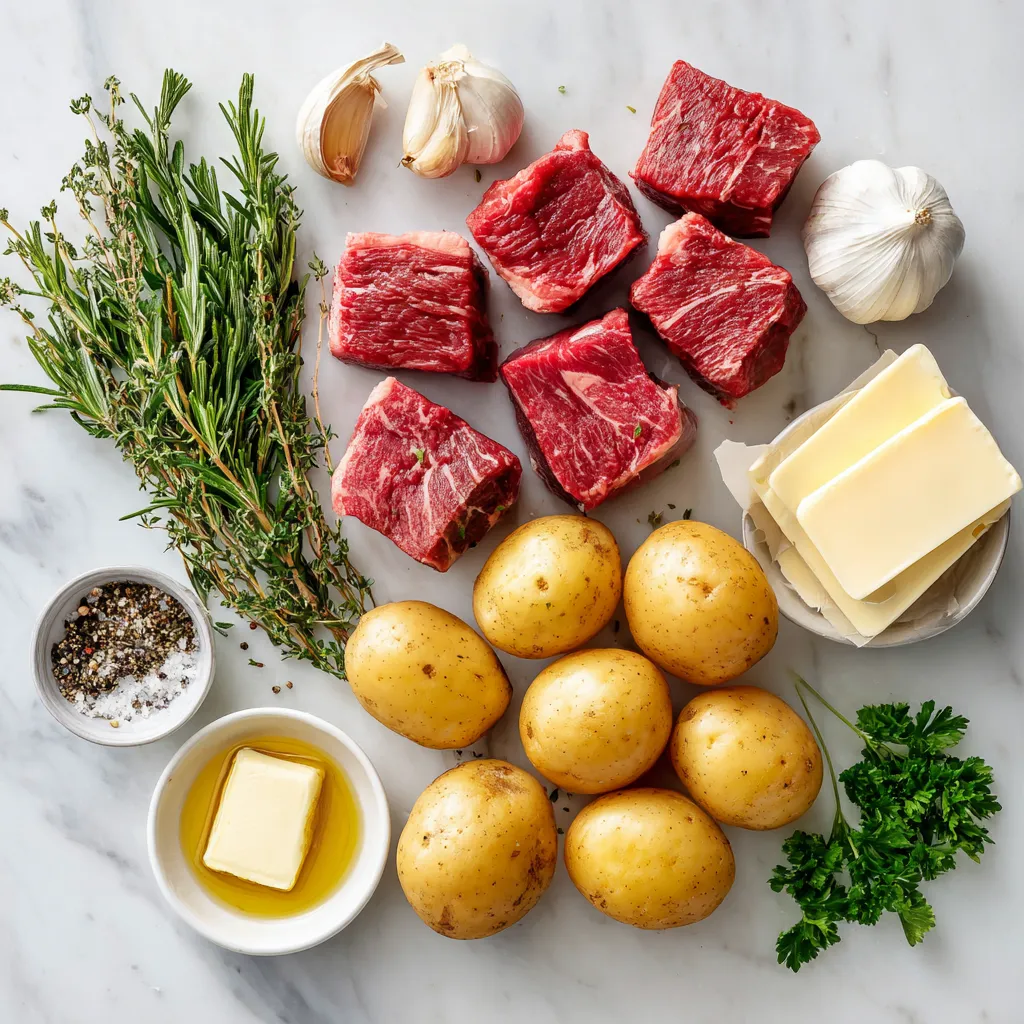
Step-by-Step Instructions
Cooking the Potatoes
– Heat a large skillet over medium heat. Add 2 tablespoons of olive oil.
– Place the halved baby potatoes in the skillet. Season them with salt and pepper.
– Cook for about 15-20 minutes. Stir them occasionally for even browning.
– Once they are golden-brown and fork-tender, transfer the potatoes to a plate and set aside.
Searing the Steak
– Increase the heat to medium-high in the same skillet.
– Add 1 pound of cubed sirloin steak to the pan. Season it generously with salt and pepper.
– Sear the steak for about 3-4 minutes. Stir occasionally to ensure even browning and tenderness.
Adding Flavor with Garlic and Herbs
– Lower the heat back to medium. Sprinkle in 5 cloves of minced garlic and 1 teaspoon each of chopped rosemary and thyme.
– Sauté for about 1 minute. This step releases a fragrant aroma. Be careful not to burn the garlic.
Making the Garlic Butter Sauce
– Introduce 4 tablespoons of unsalted butter into the skillet.
– Stir well to mix the melted butter with the steak and herbs. Ensure everything is coated evenly and looks luscious.
Combining All Ingredients
– Gently return the cooked potatoes to the skillet.
– Mix everything together and heat through for another 2-3 minutes.
Garnishing and Serving
– Remove the skillet from heat. Add freshly chopped parsley for garnish.
– For a rustic look, serve the dish straight from the skillet. You can also portion it into bowls. Drizzle any remaining garlic butter on top. Enjoy your delicious creation!
Tips & Tricks
Cooking Tips for Perfect Steak
To make great steak, focus on doneness. I recommend using a meat thermometer for the best results. Aim for 130°F for medium-rare. For medium, go for 140°F. Searing is key to flavor. Start with a hot skillet. Place the steak in the pan without crowding. This helps it brown nicely.
Potato Cooking Tips
For even cooking, cut your potatoes into similar sizes. This ensures they cook at the same rate. Stir them every few minutes to promote browning. If you want to try something different, use Yukon Gold or red potatoes. They add a nice twist to the dish.
Flavor Enhancements
Don’t be shy with herbs and spices. Fresh parsley, oregano, or even a pinch of chili flakes can elevate your meal. For garlic butter variations, consider adding lemon zest or a splash of soy sauce. These small changes can bring new life to your dish!
Pro Tips
- Choose the Right Cut: Opt for sirloin steak for its balance of flavor and tenderness, but feel free to substitute with ribeye or filet mignon for a richer taste.
- Perfect Potato Prep: Halve the baby potatoes to ensure they cook evenly and become beautifully golden-brown. A little extra salt during cooking enhances their flavor.
- Don’t Rush the Sear: Allow the steak to sear undisturbed for a few minutes to achieve a nice crust. Avoid overcrowding the pan to ensure even cooking.
- Herb Variations: Experiment with different herbs like thyme, oregano, or even fresh basil for a unique flavor profile that can elevate the dish.
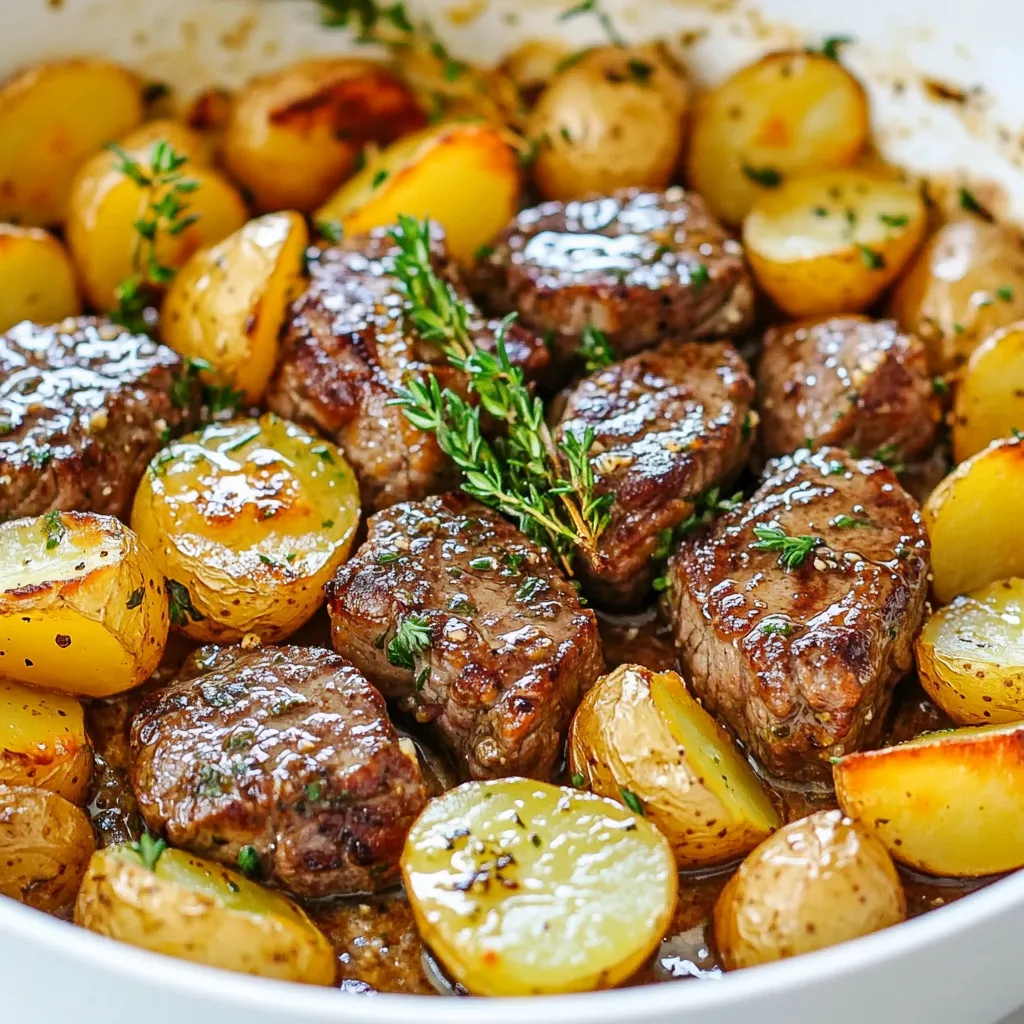
Variations
Dietary Substitutions
You can easily make this dish gluten-free by using gluten-free products. Just check the labels on your butter and any seasonings. For a dairy-free option, substitute the unsalted butter with a plant-based alternative. This keeps the dish rich and creamy without dairy.
If you’d like to swap out the meat, try chicken or shrimp. Both cook quickly and absorb the garlic butter well. For a vegetarian version, use tofu or tempeh instead of steak. Both options provide protein and texture.
Ingredient Swaps
You don’t have to stick to baby potatoes. You can use Yukon gold or red potatoes. They add a different taste and texture. If you want something lower in carbs, try cauliflower. Simply steam it before adding it to the skillet.
When it comes to steak, sirloin is great, but you can try flank or ribeye for more flavor. These cuts will still give you that tender bite you want. If you prefer leaner meat, opt for filet mignon.
Flavor Profile Changes
If you love a bit of heat, sprinkle in some chili flakes while cooking. This adds a nice kick without overpowering the dish. You can also try different herbs like basil or oregano. They change the flavor and make it unique.
Add a splash of lemon juice for a zesty twist. It brightens up the rich garlic butter and makes each bite pop. Don’t be afraid to experiment with spices you enjoy!
Storage Info
Refrigerating Leftovers
Store your garlic butter steak and potatoes in an airtight container. This keeps the flavors fresh. Make sure to refrigerate within two hours of cooking. When you reheat, use a skillet over medium heat. This way, you bring back the tasty garlic butter flavor. Stir gently to avoid burning the potatoes.
Freezing Instructions
You can freeze leftovers for up to three months. Let the dish cool completely before packing it in freezer-safe bags. Make sure to squeeze out as much air as possible. When ready to eat, thaw overnight in the fridge. To reheat, use a skillet on low heat. Add a splash of water to help steam and warm it through.
Shelf Life
In the fridge, your garlic butter steak and potatoes last about three to four days. If frozen, they stay good for up to three months. Always check for signs of spoilage before eating. Enjoying your leftovers safely is key to a great meal experience!
FAQs
What can I serve with Garlic Butter Steak and Potatoes Skillet?
You can serve this dish with many sides. Here are some tasty options:
– Steamed broccoli: This adds color and nutrients.
– Green salad: A fresh salad balances the richness of the meal.
– Garlic bread: Perfect for dipping into the garlic butter sauce.
– Grilled asparagus: Adds a nice crunch and flavor.
– Coleslaw: The crunch and tang will complement the steak.
How can I make this dish spicier?
To spice things up, add chili flakes or diced jalapeños. Here’s how:
– Chili flakes: Sprinkle them into the skillet after adding garlic.
– Jalapeños: Dice fresh ones and sauté with the steak.
These additions will give you heat without losing flavor.
Can I use a different type of steak?
Yes, you can swap out the sirloin for other cuts. Here are some great options:
– Ribeye: Rich and fatty, perfect for flavor.
– Filet mignon: Tender and lean, a bit pricier.
– Flank steak: Great for a chewy texture and marinated flavor.
Choose based on your taste and budget.
What is the best way to know when my steak is done?
To check if your steak is done, use the touch test. Here’s how:
– Rare: Soft, like the base of your thumb.
– Medium: Firm, like the middle of your palm.
– Well-done: Very firm, like your wrist.
This method helps you judge without a thermometer.
Can I make this dish in advance?
Yes, you can prepare parts of this dish ahead of time. Here are some tips:
– Cook the potatoes: You can boil them the day before.
– Prep the steak: Cube and season it in advance.
– Combine and heat: When ready to eat, stir everything in the skillet over low heat.
This way, you save time on busy days.
This blog post covered making a delicious garlic butter steak and potatoes dish. You learned about the key ingredients, step-by-step cooking instructions, and helpful tips. We also explored variations and storage tips to keep your dish fresh.
Remember, cooking is about trying new things. Don’t be afraid to switch ingredients or add your favorite flavors. Enjoy this meal with friends or family. Prepare to impress with your tasty creatio
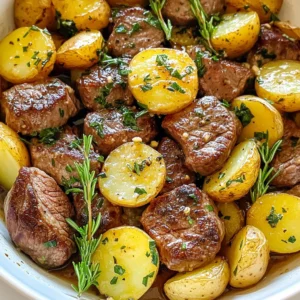
Garlic Butter Steak and Potatoes Skillet
Ingredients
- 1 pound sirloin steak, cut into bite-sized cubes
- 1 pound baby potatoes, halved
- 4 tablespoons unsalted butter
- 5 cloves garlic, minced
- 1 teaspoon fresh rosemary, finely chopped
- 1 teaspoon fresh thyme, finely chopped
- to taste salt and pepper
- 2 tablespoons olive oil
- to garnish fresh parsley, chopped
Instructions
- In a large skillet, heat 2 tablespoons of olive oil over medium heat. Add the halved baby potatoes, ensuring they are evenly seasoned with salt and pepper. Cook for approximately 15-20 minutes, occasionally stirring to promote even browning, until the potatoes are golden-brown and fork-tender. Once cooked, transfer the potatoes to a plate and set aside.
- Using the same skillet, increase the heat to medium-high. Add the cubed sirloin steak to the pan, seasoning generously with salt and pepper. Sear the steak for about 3-4 minutes, stirring occasionally, until it’s browned on all sides while remaining tender.
- Lower the heat back to medium, and sprinkle in the minced garlic, chopped rosemary, and thyme. Sauté for about 1 minute, or until the garlic releases its fragrant aroma, being careful not to let it burn.
- Introduce the unsalted butter into the skillet. Stir well to incorporate the melted butter with the steak and aromatic herbs, ensuring everything is evenly coated and luscious.
- Gently return the cooked potatoes to the skillet, mixing them with the steak and garlic butter mixture. Stir everything together to combine and allow it to heat through for an additional 2-3 minutes.
- Remove the skillet from the heat and generously garnish with freshly chopped parsley.

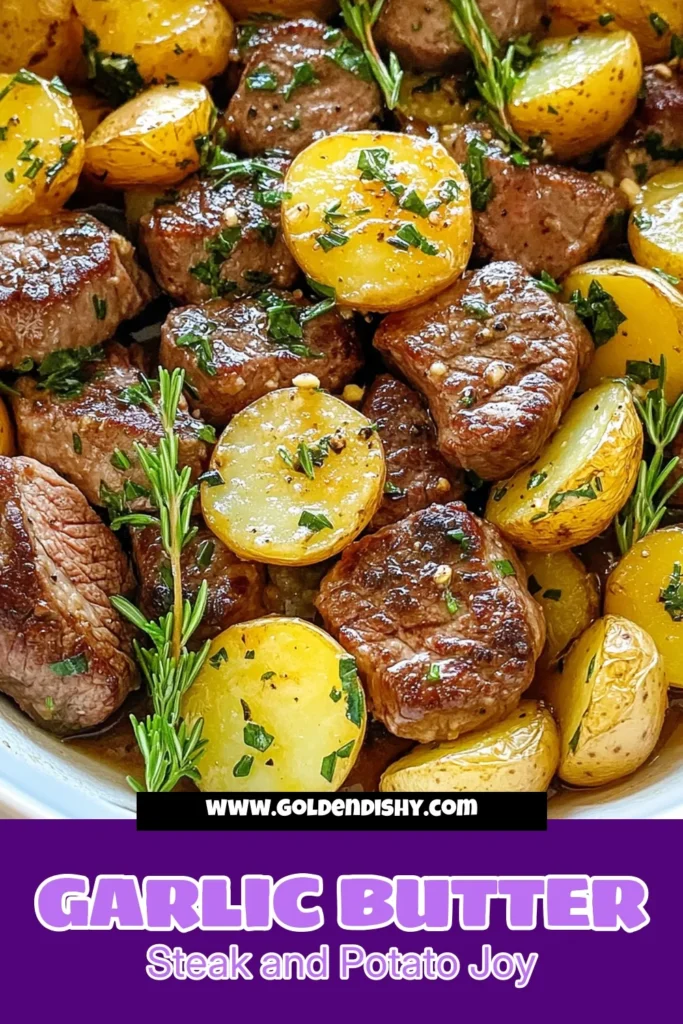
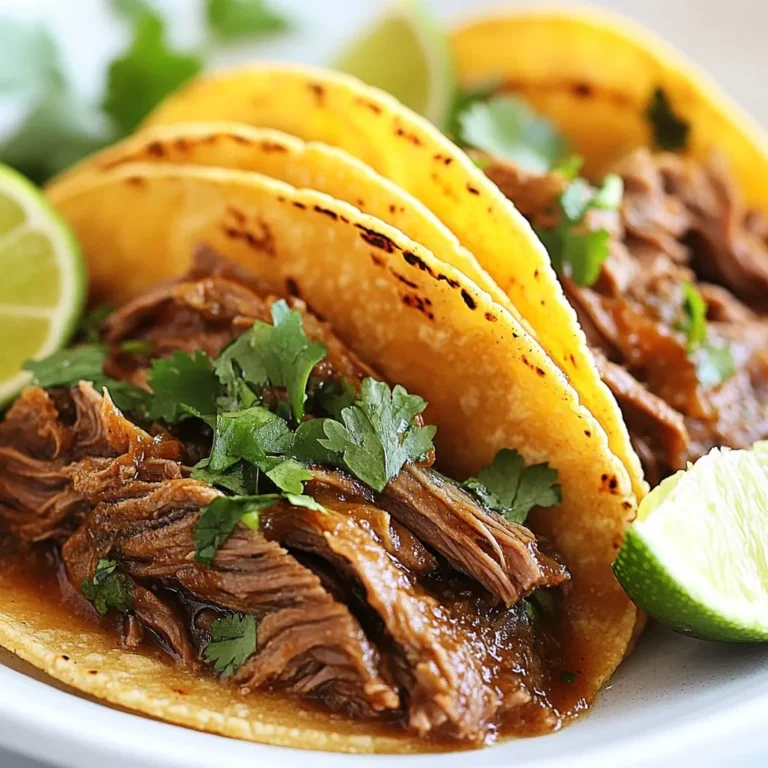
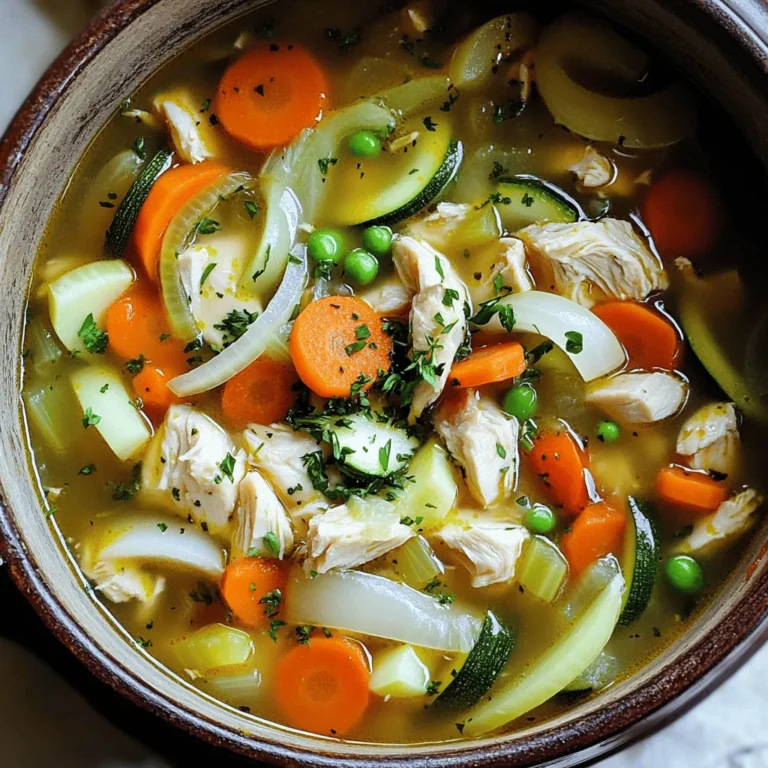
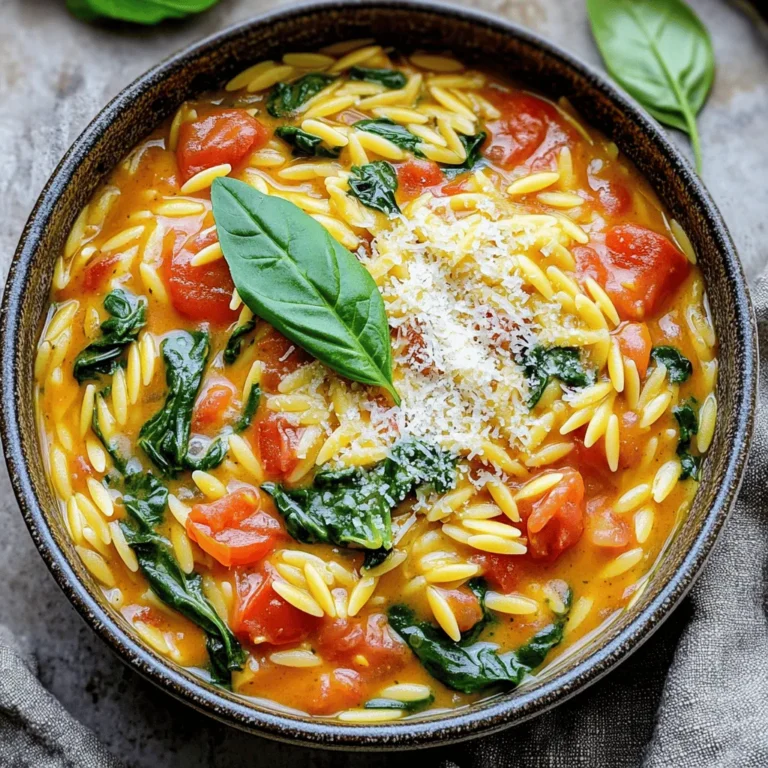
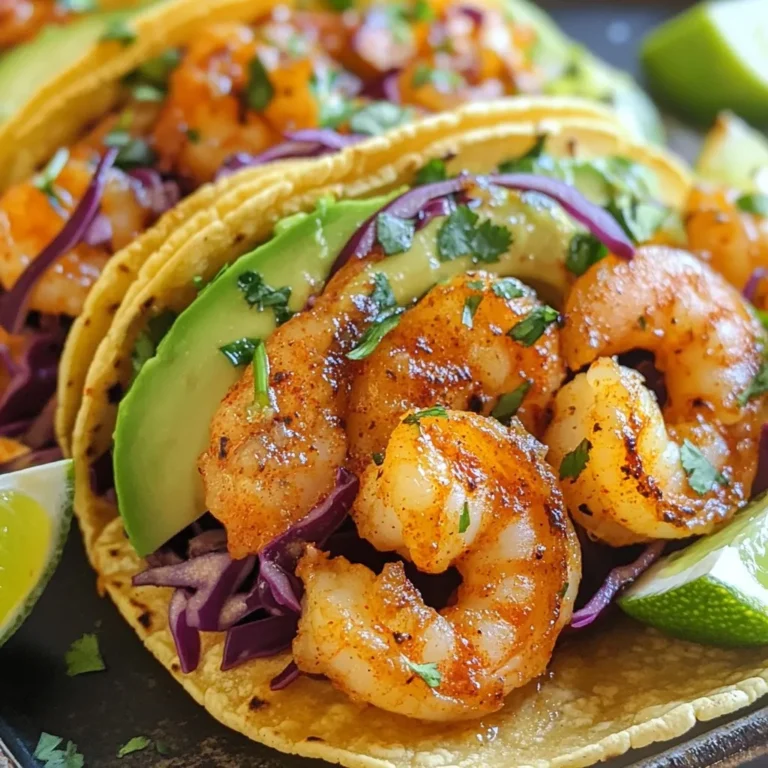
![- 2 packs of instant ramen noodles (discard the flavor packets) - 2 tablespoons vegetable oil - 1 small onion, thinly sliced - 3 cloves garlic, minced - 1 cup bell peppers (a mix of red, green, and yellow), julienned - 1 cup broccoli florets (washed and trimmed) - 1 medium carrot, peeled and julienned - 1 cup snap peas (trimmed) - 2 tablespoons soy sauce - 1 tablespoon sriracha (adjust to your spice preference) - 1 tablespoon sesame oil - 1 teaspoon ginger, freshly grated - Salt and pepper to taste - 2 green onions, finely chopped (for garnish) - Sesame seeds (for garnish) - Large pot for boiling noodles - Frying pan or wok - Colander for draining Using fresh ingredients makes a big difference in flavor. I love using colorful veggies. They not only taste great but also look amazing in the bowl. You can customize the vegetables based on what you have. If you want to use leftover veggies, go for it! For the equipment, a large pot is a must for cooking the noodles. A frying pan or a wok works well for stir-frying. They heat evenly, which helps cook everything fast. A colander is handy for draining the noodles after cooking. This recipe is all about speed and flavor. You can find the full recipe to follow the steps easily. Just gather your ingredients and equipment, and let’s get cooking! 1. First, fill a large pot with water and bring it to a boil. Make sure to use enough water to cover the noodles. 2. Once boiling, add the ramen noodles. Cook them according to the package instructions, usually around 3-4 minutes. 3. After cooking, drain the noodles in a colander. Shake off any extra water and set them aside for later. 1. In a large frying pan or wok, heat 2 tablespoons of vegetable oil over medium-high heat. Wait until the oil shimmers. 2. Add the thinly sliced onion. Sauté for about 2 minutes until the onion becomes soft and fragrant. 3. Next, stir in 3 cloves of minced garlic, 1 cup of julienned bell peppers, and 1 teaspoon of freshly grated ginger. Cook for 2-3 minutes until the peppers soften. 4. Now, add 1 cup of broccoli florets, 1 medium julienned carrot, and 1 cup of snap peas. Stir-fry for 3-4 minutes. The veggies should stay bright and slightly crisp. 1. Lower the heat to medium. Gently add the cooked ramen noodles to the pan. Toss everything together carefully. 2. Drizzle 2 tablespoons of soy sauce, 1 tablespoon of sriracha, and 1 tablespoon of sesame oil over the mixture. Toss again for about 2 minutes. Ensure everything gets heated through and coated well. 3. Season with salt and pepper to taste. Toss once more to mix the seasoning evenly. 4. Turn off the heat and serve your stir-fry. Garnish with finely chopped green onions and a sprinkle of sesame seeds. For the full recipe, have a look at the detailed instructions above. Enjoy your cooking! You can change the spice level to match your taste. Start with one tablespoon of sriracha. If you like more heat, add more sriracha gradually. You can also try other spicy options. Chili flakes or hot sauce work great too. For a crunchy veggie texture, add them at the right time. Start with onions and garlic, then add bell peppers. Next, include broccoli, carrots, and snap peas. This order keeps them crisp. Stir-fry each batch for about three minutes. Do not overcook them. Serving is key to making your dish pop. Use deep bowls to showcase the vibrant colors. A sprinkle of sesame seeds adds flair. You might also offer extra sriracha on the side. This lets guests spice it up as they like. {{image_4}} You can add protein to your spicy ramen noodle stir fry for extra flavor and nutrition. If you enjoy meat, try using: - Chicken: Cut into thin strips and cook until golden. - Shrimp: Toss in fresh or frozen shrimp that cooks quickly. For a vegetarian or vegan option, consider these protein sources: - Tofu: Press and cube it, then sauté until crispy. - Tempeh: Slice it thin and stir-fry for a nutty taste. If you want to switch things up, you have other noodle options. Try these: - Udon: Thick and chewy, they add a hearty touch. - Rice noodles: They cook quickly and have a nice texture. If you need a gluten-free choice, look for rice noodles or gluten-free ramen. Many brands offer tasty options that fit your diet. To make your dish even better, think about adding more spices and sauces. Here are some ideas: - Chili paste: If you want more heat, add a spoonful. - Garlic powder: A pinch can enhance the garlic flavor. You can also use homemade sauces for a unique twist. Try mixing soy sauce with lime juice or sesame oil with chili flakes for exciting new flavors. This is a great way to personalize your meal and impress your guests! For the full recipe, check out the [Full Recipe]. To keep your ramen stir fry fresh, store leftovers in an airtight container. Make sure the dish cools to room temperature before sealing. This practice helps prevent moisture and keeps it tasty. You can store it in the fridge for up to three days. When ready to enjoy your leftovers, you have two great options. You can use a microwave or a skillet. - Microwave: Place the stir fry in a microwave-safe bowl. Add a splash of water to keep it moist. Heat it for 1-2 minutes, stirring halfway through. - Skillet: Heat a small amount of oil in a skillet over medium heat. Add your stir fry and cook for about 3-5 minutes. Keep stirring to ensure even heating. Both methods work well, but the skillet can help revive the stir fry's original texture better. Enjoy your meal again without losing any flavor! For more delicious ideas, check out the Full Recipe. Yes, you can. Instant ramen noodles are great, but you can try others too. Here are some options: - Udon noodles: These are thick and chewy. They hold sauce well. - Rice noodles: They are light and gluten-free. Just soak them in hot water. - Soba noodles: These are made from buckwheat. They add a nutty taste. When using different noodles, adjust cooking times as needed. You can easily ramp up the heat in this dish. Here are some ideas: - Add more sriracha: Increase the amount to suit your taste. - Include red pepper flakes: Sprinkle these in while cooking for extra kick. - Use fresh chilies: Slice them thin and toss them in with the veggies. - Try spicy sesame oil: This adds flavor and heat in one step. Experiment with these options until you find your perfect spice level! Absolutely! This recipe is perfect for meal prep. Here are some tips: - Cook the noodles and veggies in advance. Store them separately. - Mix everything together just before eating for the best taste. - Store in airtight containers in the fridge for up to three days. Reheat in a skillet for great flavor. You can also add fresh toppings when serving. For the full recipe, check out the details. You can create a tasty spicy ramen noodle stir fry with simple steps and fresh ingredients. We covered the main ingredients and useful equipment needed for success. I shared tips for adjusting spice levels and achieving that perfect crunch in your stir-fry. Explore variations to customize your dish with proteins or alternative noodles. Remember to store leftovers properly and reheat them well. Enjoy your cooking adventures while making this vibrant and flavorful meal!](https://goldendishy.com/wp-content/uploads/2025/07/9da77702-1484-4444-86e3-cca5584db0f1-768x768.webp)
